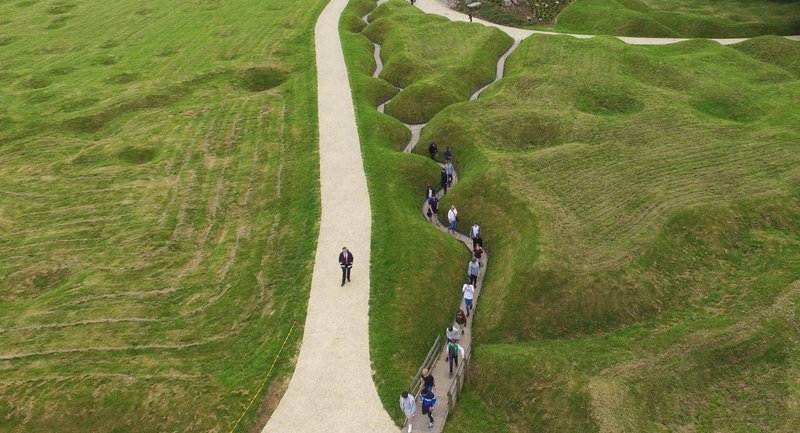
Remains of unknown Newfoundland soldier who fought in France coming home this weekend
HALIFAX — The remains of an unknown Newfoundland soldier who died in France during the First World War are expected to arrive Saturday in St. John’s, N.L., where preparations are being made for a solemn reburial ceremony on July 1.
For most Canadians, July 1 is Canada Day. But in Newfoundland and Labrador, it is also Memorial Day, a time to remember the hundreds of young men from the Newfoundland Regiment who died on July 1, 1916, during a disastrous battle at Beaumont-Hamel in northern France.
“So many small communities in the dominion of Newfoundland lost so many people that day,” federal Labour Minister Seamus O’Regan, who is also a Newfoundland MP, said Thursday in an interview from Amiens in northern France.
“July 1st has this very unique quality to it. We spend half the day celebrating this great country, and half the day in mourning. It’s something that permeates the heart of every Newfoundlander.”


